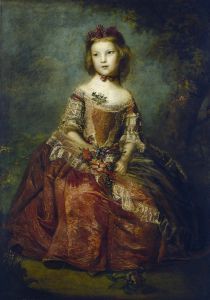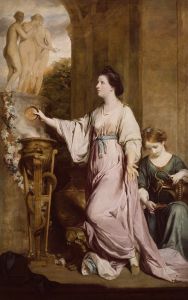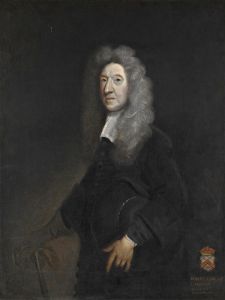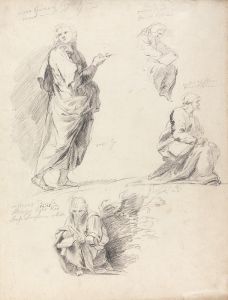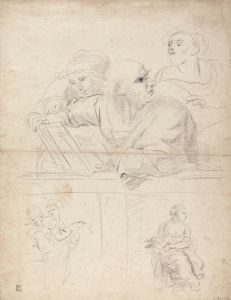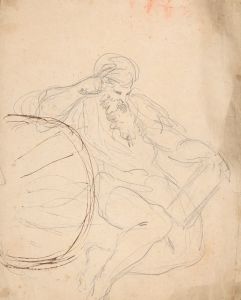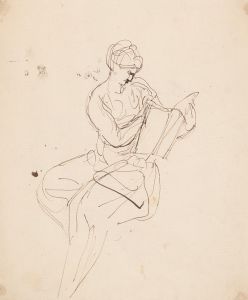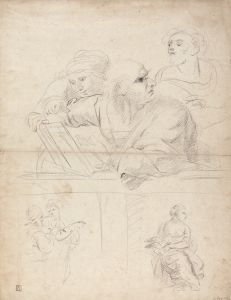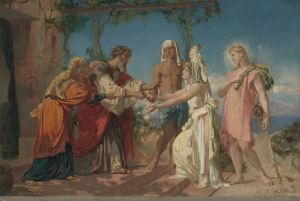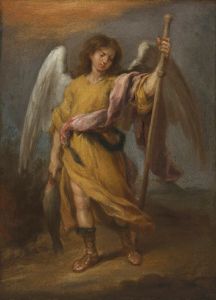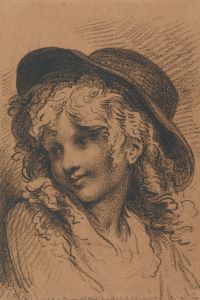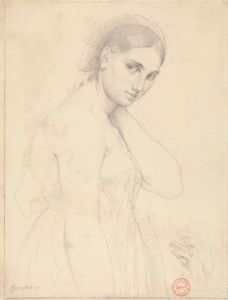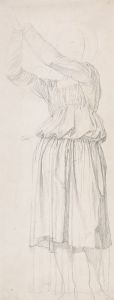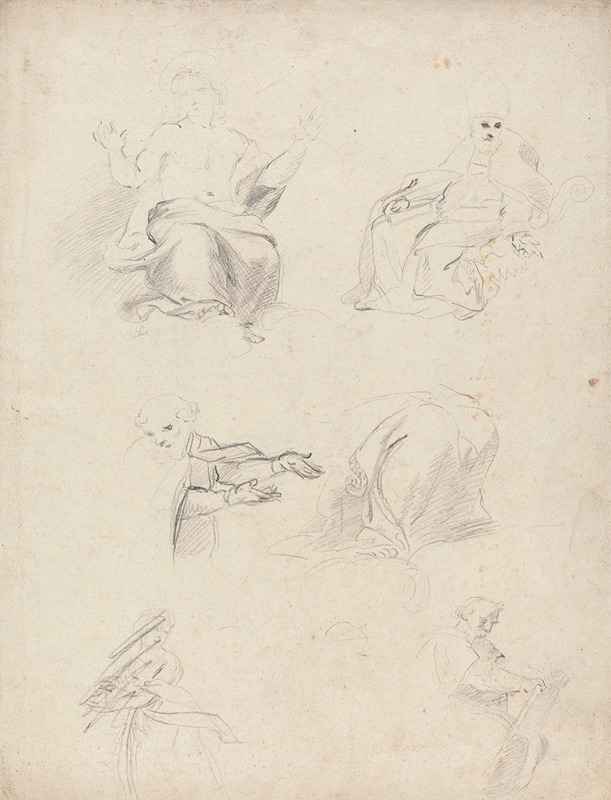
Sheet of Figure Studies from Raphael’s Disputation
A hand-painted replica of Sir Joshua Reynolds’s masterpiece Sheet of Figure Studies from Raphael’s Disputation, meticulously crafted by professional artists to capture the true essence of the original. Each piece is created with museum-quality canvas and rare mineral pigments, carefully painted by experienced artists with delicate brushstrokes and rich, layered colors to perfectly recreate the texture of the original artwork. Unlike machine-printed reproductions, this hand-painted version brings the painting to life, infused with the artist’s emotions and skill in every stroke. Whether for personal collection or home decoration, it instantly elevates the artistic atmosphere of any space.
Sir Joshua Reynolds, an influential 18th-century English painter, is renowned for his portraits and his role as the first president of the Royal Academy of Arts. Among his works, "Sheet of Figure Studies from Raphael’s Disputation" stands out as a testament to his admiration for the Old Masters, particularly the Italian Renaissance artist Raphael.
Reynolds was deeply inspired by the works of Raphael, whose mastery in composition, form, and expression left a lasting impact on the art world. "Sheet of Figure Studies from Raphael’s Disputation" reflects Reynolds' dedication to studying and emulating the techniques of Raphael. This piece is not a direct copy of Raphael’s work but rather a study that showcases Reynolds’ engagement with Raphael’s style and his attempt to understand the underlying principles of his compositions.
The original work by Raphael, "The Disputation of the Holy Sacrament" (also known as "La Disputa"), is a fresco located in the Vatican, painted between 1509 and 1510 as part of Raphael's commission to decorate the rooms now known as the Raphael Rooms. This fresco is celebrated for its intricate depiction of a theological debate concerning the Eucharist, featuring a celestial assembly of religious figures.
Reynolds’ sheet of studies likely includes sketches and interpretations of various figures from Raphael’s fresco. Such studies were common practice among artists of Reynolds’ time, who sought to learn from the great masters by copying and analyzing their works. These studies were not intended for public display but served as exercises to refine the artist’s skills and understanding of composition, anatomy, and drapery.
Reynolds’ approach to these studies was methodical. He would have carefully observed the original fresco, noting the arrangement of figures, the play of light and shadow, and the emotional expressions captured by Raphael. By translating these observations into his sketches, Reynolds engaged in a dialogue with the past, bridging the gap between the Renaissance and the Enlightenment.
The significance of Reynolds’ studies lies in their role in the broader context of art education and appreciation during the 18th century. As president of the Royal Academy, Reynolds advocated for the study of classical art as a foundation for contemporary artistic practice. He believed that by understanding the techniques and philosophies of the Old Masters, artists could elevate their work and contribute to the advancement of art.
"Sheet of Figure Studies from Raphael’s Disputation" exemplifies Reynolds’ commitment to this educational philosophy. It underscores his belief in the importance of learning from the past while also highlighting his personal admiration for Raphael’s genius. Through such studies, Reynolds not only honed his artistic skills but also perpetuated the legacy of Renaissance art, ensuring its continued influence on future generations.
In summary, Sir Joshua Reynolds’ "Sheet of Figure Studies from Raphael’s Disputation" is a reflection of his deep respect for Raphael and his dedication to the principles of classical art. It serves as a bridge between the artistic traditions of the Renaissance and the evolving art scene of the 18th century, embodying Reynolds’ role as both an artist and an educator.





